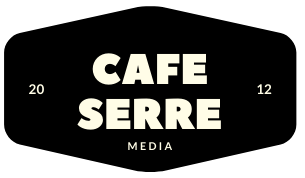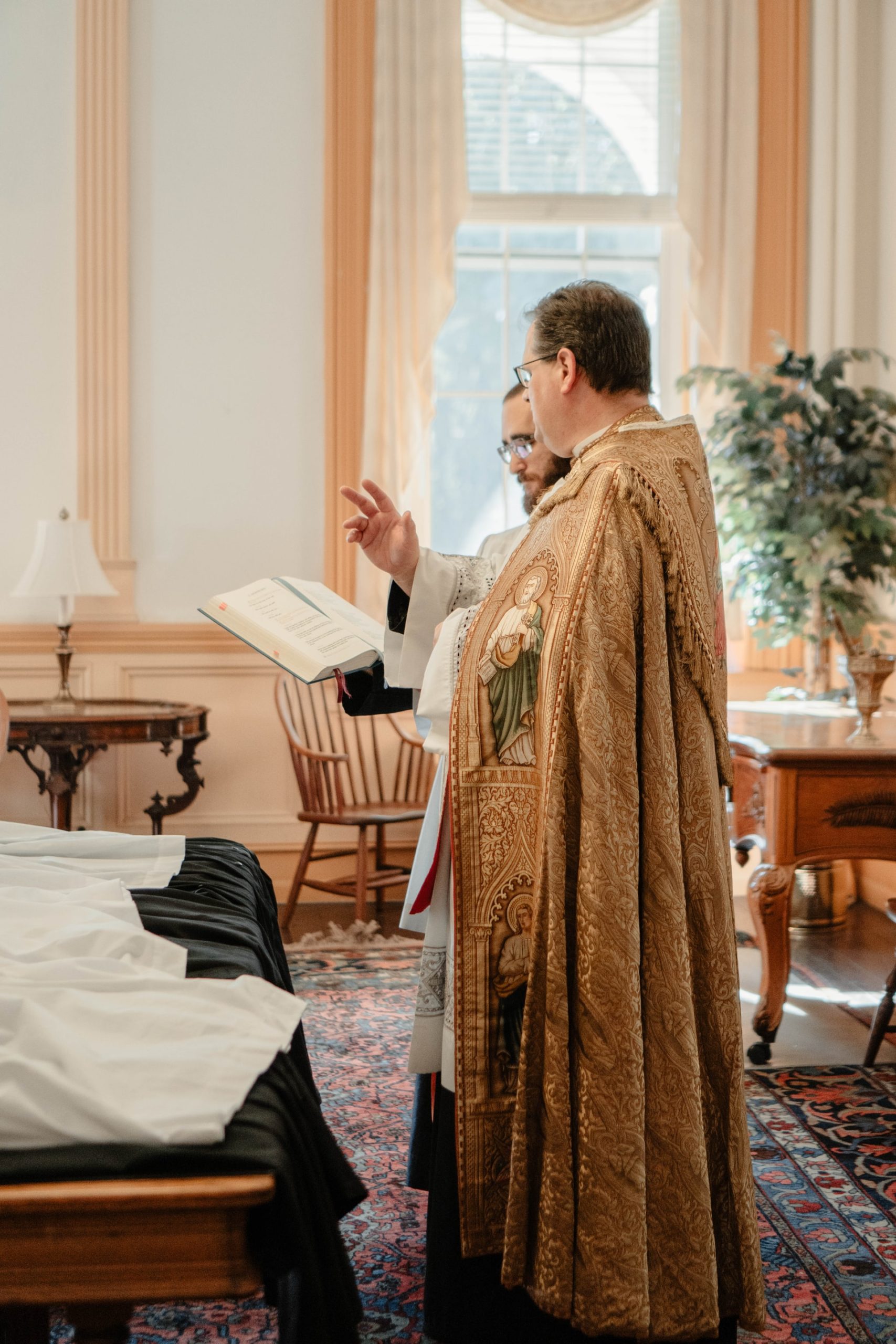Priestly Fashions From Medieval Times To Today
If you stop to imagine a priest or other member of the clergy, one of the first attributes that will probably come to mind is their attire. From the flowing robes and other vestments that make up their liturgical look to the classic clerical collar, it’s easy to spot a priest in the wild, so to speak.
While you’re likely familiar with these clothes, you may not have given much thought to their meaning or the history behind them. Why do priests wear a collar? How have priestly fashions changed over centuries of religious practice?

Medival Influence
Medieval England is an early example of the importance of clothing when distinguishing the clergy.
People of the cloth had more restrictions in reference to attire than the average layperson (who, it’s worth noting, had many styles dictates to follow themself). As trends like multicolored ensembles and shortened tunics came into fashion, priests, nuns, and other members of the clergy were expected to askew these in favor of a more distinctly clerical look.
Not only were priests and other people involved in religious life differentiated from others in society, but from alternate faiths as well. Various denominations would include certain details in their clerical clothing to distinguish their faith from another’s. In the 1200s, a formal mandate was put in place by the Fourth Council of the Lateran requiring clergy to wear cassocks, an ankle-length tunic. With this garment, they’d be conspicuously recognizable, especially compared to scholars.
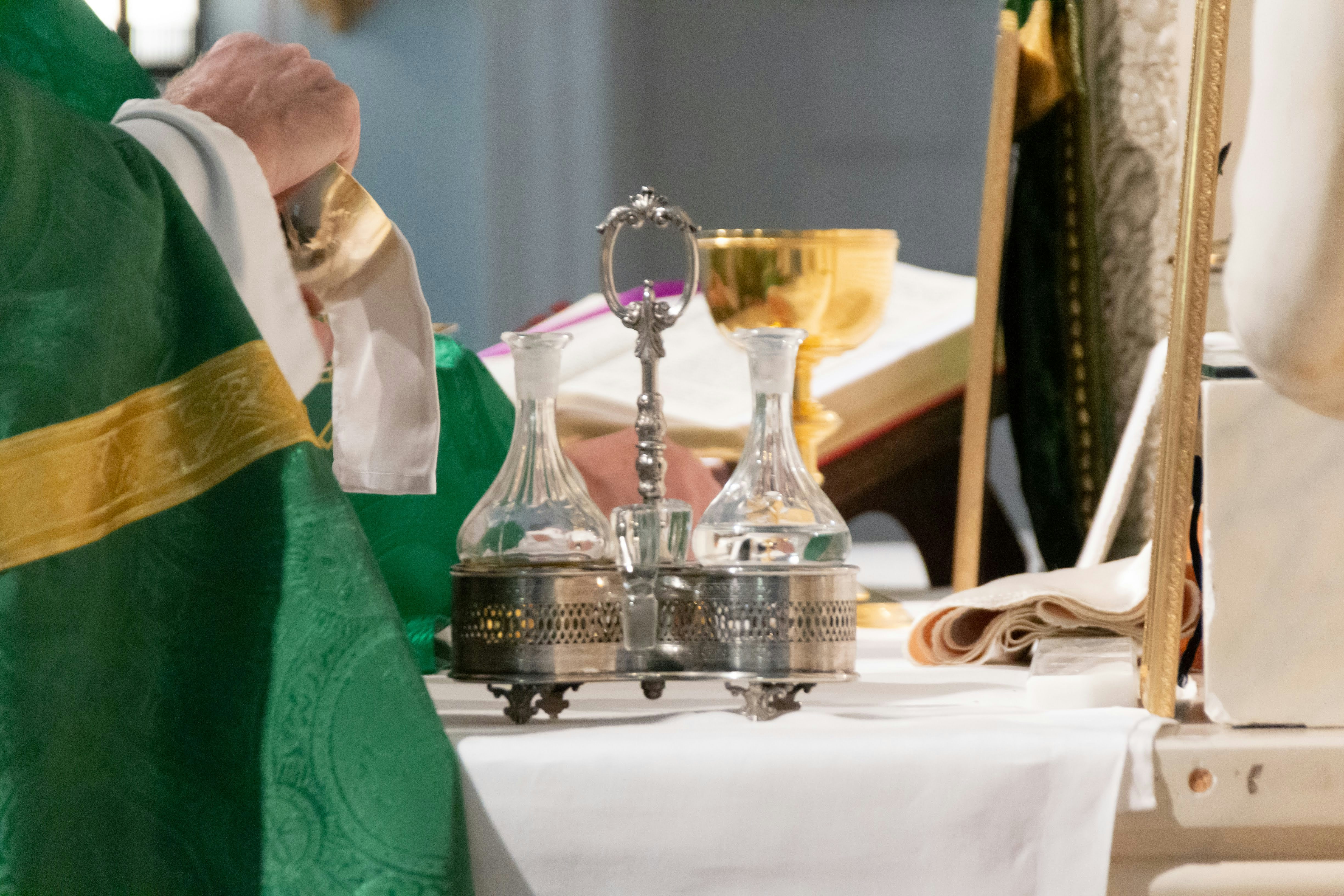
Throughout Christian artwork, the image of a simple cassock is perhaps most vivid in simple iterations of Jesus, particularly the anglicized versions portrayed in paintings and other works throughout the Western world. It’s no coincidence that this durable garment is worn by clergy both historically and today would pay homage to one of the most notable figures across denominations.
Modern Priests
Of course, there’s more to priestly fashion than the cassock and its history. Styles have evolved over time to create what modern-day worshippers associate with their religious leaders. In a liturgical setting, vestments stand out as inherently clerical. Catholic priests, for instance, are expected to wear distinctive liturgical vestments while celebrating mass or performing other services of the Church. These vestments aren’t quite as simple as the historical ruling requiring a cassock. Modern-day vestments, at least in Catholicism, contain more than a dozen pieces, including the amice, cincture, maniple, and stole. A priest may not wear as elaborate an ensemble as a bishop or the Pope, but it’s nevertheless an extensive—and explicitly religious—garb.
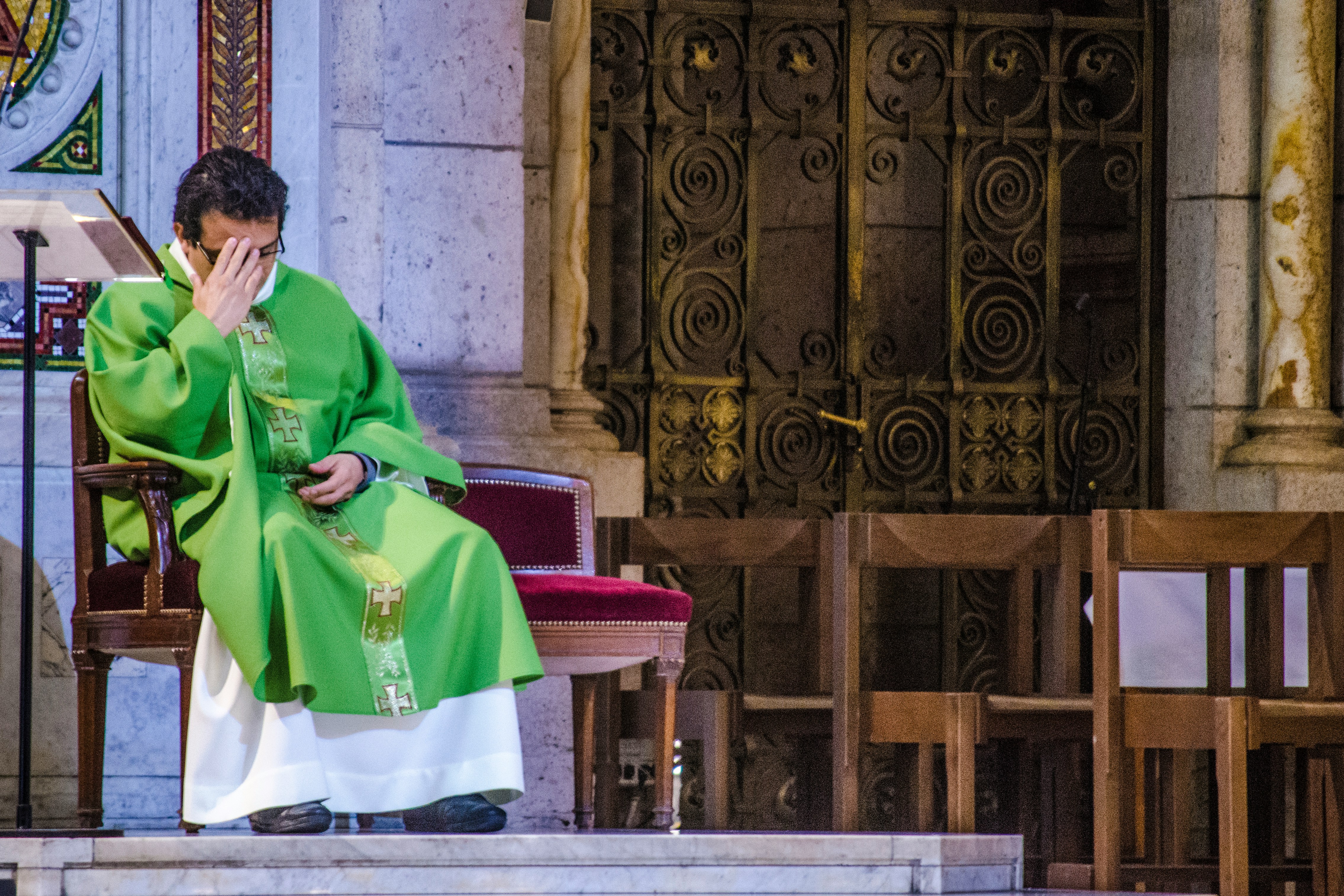
The Distinct Clergy Collar
Accessories, like the distinctive clergy collar, are instantly recognizable on modern clergy. Even the least religious person will recognize priest shirts by the “dog collar” around their neck. In practice, the collar may be a separate piece, a detachable collar, or built within the clerical shirt itself. They aren’t unique to priests, either—pastors, ministers, and even deacons within Christian faiths may be seen sporting the remarkable white collar.
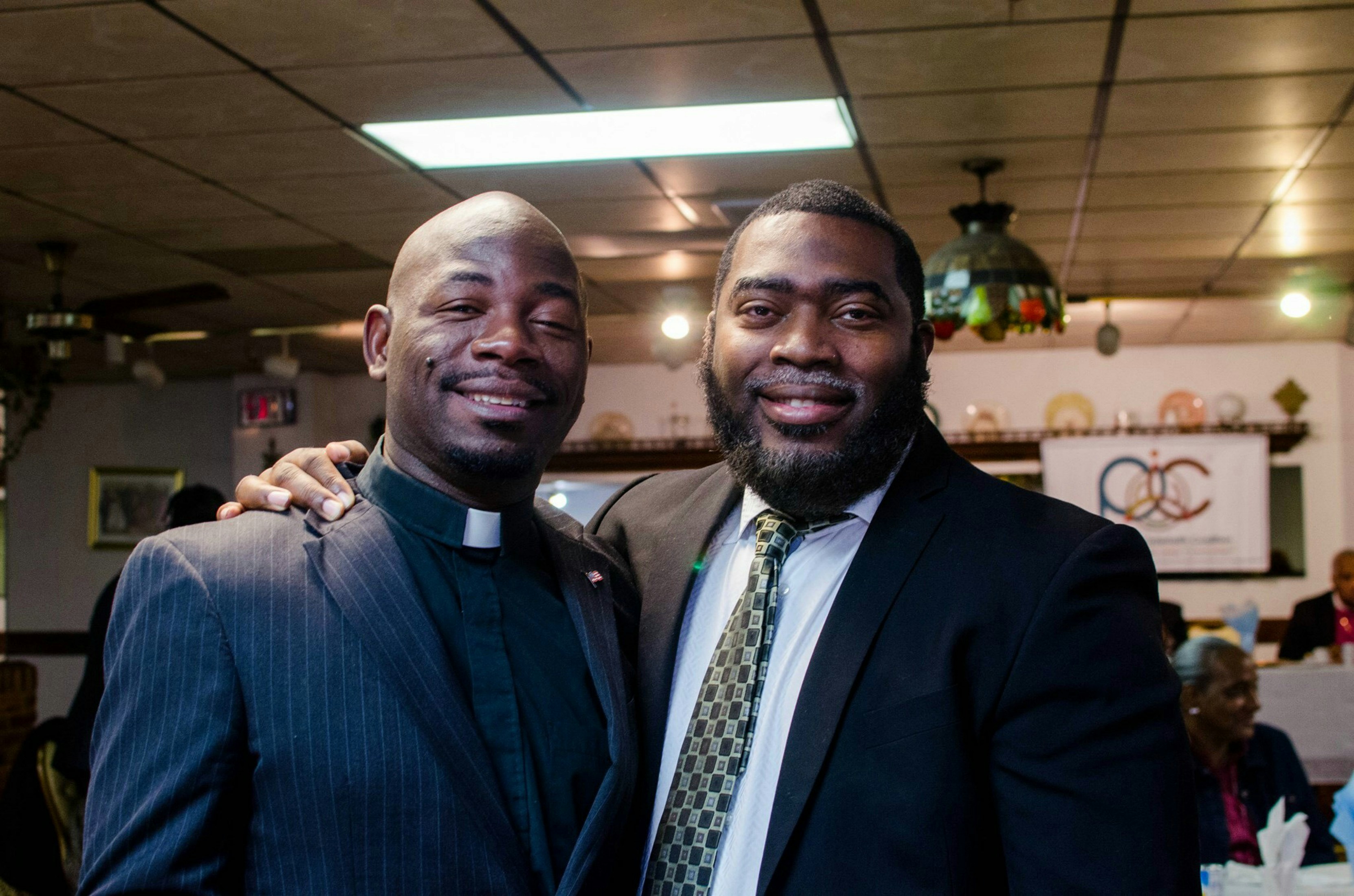
Priests and other clergies throughout Christianity — including women in some denominations — utilize a clerical collar or other garments to create a distinctive look that lets onlookers know in an instant that this person is a priest or clergy. He or she may wear a vivid chasuble during mass but be seen later that day in a clergy shirt at the grocery store. In either look, there’s no doubt as to their general profession.
Throughout history, priests and other members of the clergy have worn clothing that depicts their place in society. By formal decree and over time, these garments and accessories have become an irrefutable marker of a person of faith. Whether you recognize the priest in a Catholic church by their cassock and elaborate vestments or you notice someone in a clerical collar out and about in your neighborhood, that instant recognition acknowledges centuries of priestly fashion.
